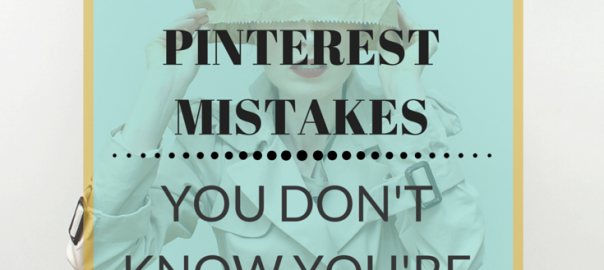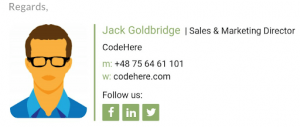
Pinterest is not about pushing your products
For many marketing departments one of the big challenges they have with Pinterest is that it is an indirect marketing vehicle vs. a direct marketing vehicle.
What that means is on Pinterest you gather a large flock of followers first, many of whom will not fit the profile of your targeted audience and you build a relationship with this large flock of followers over time first. Eventually they come to like and trust you. How do they come to trust you…? Because on 80% of the content you pin you provide them with answers to questions about problems they have in life. You give them ideas, answers & inspirations etc. You build a relationship. It’s called social media so be social before you try and sell.
Then on 20% of your boards you feature your products and services. Some smaller percentage of your large flock of followers, who actually are your target customer audience, will see what you have to sell, will already like and trust you and it is they who will begin to go to your website to see more or reach out to you with questions to begin a dialogue.
So whereas with print ads, TV ads and radio ads are often very direct, here is a product for you, check it out, buy it …on Pinterest you actually feature boards and images that are trending as hot topics, regardless of their association or lack thereof with your products or services to gather more followers and build more engagement. Bottom line is that you want to be more helpful and friendlier with an every growing group of followers.
Then you gradually introduce your services and products to them over time once trust is built and they are more likely to engage in some way.
This is a big difference that many marketers struggle to get their heads around. They think they should load up with images featuring their wares exclusively and attract their target audience exclusively and forget the rest. Sadly massive success on Pinterest doesn’t seem to work like that.
Pinterest is not for B2B
Another mistaken assumption most people have is they think that only product focused ecommerce sites do well on Pinterest. That is not the case. As a B2B service company myself I’ve rank on the first page of Google’s organic search results under my preferred keywords consistently because of Pinterest.

Pinterest actually helps me get on top of organic search in Google. It is my number 1 source of l traffic after direct. If you know how to use Pinterest you can improve your rankings on Google and get more traffic to look at you.
Many publishers are still unaware of why their business should use Pinterest. They don’t get how creating images and repinning (sharing) images will help them with their business. They don’t understand the whole picture. And they don’t understand how all these images drive traffic to their websites to increase sales. As a result they are allowing their competition to get ahead of them.
Pinterest has become the first or second referral source for many lifestyle publishers in the U.S. Did you know that more than 14 million articles are pinned each day?
Specifically, publishers such as BuzzFeed are capitalizing on the influence of Pinterest. BuzzFeed’s creative director Emily Fleischaker told the New York Times, “We think of Pinterest as our newsstand. We have to think of what works on Pinterest and mobile Pinterest every step of the production process.”
You’re clueless about your keywords
It’s amazing how many businesses I talk to that haven’t given any thought as to what keywords to use on Pinterest. I think this is partly due to the fact that many businesses don’t understand how users find their business on Pinterest. Pinterest users use Pinterest’s search engine to look for your products or services based on your keywords. This is not how they behave on other socials like Facebook and Twitter.
You have to figure out from the very beginning what keywords you want to rank high on in Pinterest’s search engine. Don’t even think about pinning if you’re if you haven’t figured this out yet.
What keywords do people use in a Google search to find your type of products?
Think how search engines think.
If you know this ahead of time you can garnish these keywords in specific areas of your Pinterest account so you get found on the top of Pinterest’s search engine. What is the point of all those pretty pictures and all that great helpful content if no one is seeing it? You have to have a winning plan to be found.
If this is overwhelming for you and you feel like you are going around and around with Pinterest and not getting anywhere contact me, a Pinterest marketing account management expert about my Pinterest management services or to learn more about how you can be more effective on Pinterest check out my Pinterest Marketing Course for Business. Chapter one is FREE.

(186)
Report Post







